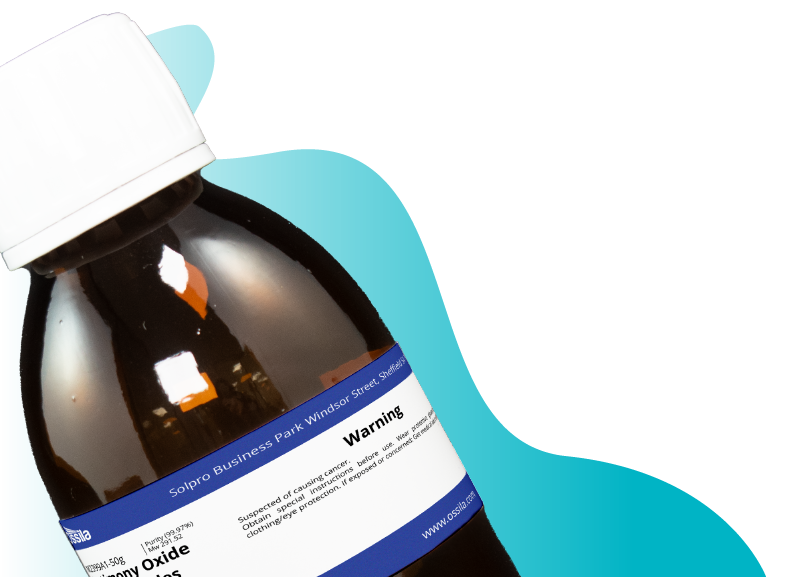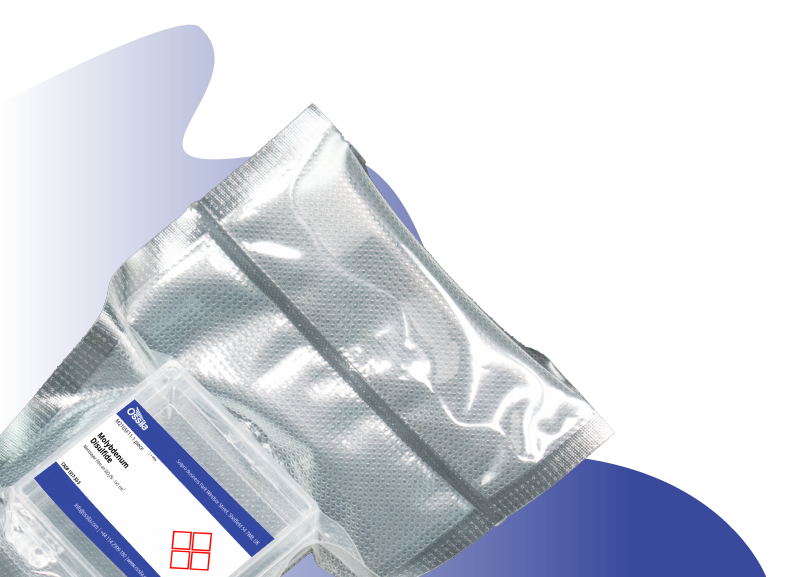Hexagonal Boron Nitride (h-BN) Crystals
CAS Number 10043-11-5
2D Materials, Hexagonal Boron Nitride, Low Dimensional Materials, MaterialsLow price, high purity 2D hexagonal boron nitride (h-BN) crystals
Suitable for the creation of single or few-layer sheets via mechanical or liquid exfoliation
Product Information | MSDS | Literature and Reviews
Hexagonal boron nitride (h-BN) (CAS number 10043-11-5) has a honeycomb structure based on sp2 covalent bonds similar to graphene. Due to the similarity it is also known as “white graphene”. Unlike graphene, h-BN exhibits a wide band gap due to the difference in electronegativities of boron and nitrogen.
High Purity
High purity ≥99.99% Hexagonal Boron Nitride Crystal
Worldwide Shipping
Quick and reliable shipping
Low Price
Low price Hexagonal Boron Nitride (h-BN)
Film & Crystals
Available in Film and crystal forms
h-BN is normally considered an insulator, and is used as a sub-layer material for any other 2D material in electronic devices. However, it has exotic opto-electronic properties (e.g. wide bandgap and low dielectric constant) along with mechanical robustness, high thermal conductivity and chemical inertness. It was later confirmed to have an indirect bandgap (at 5.955 eV), and thus is also considered a semiconductor.
2D h-BN has no absorption in the visible range, but has absorption in the ultraviolet region with good photoluminescence.
h-BN is widely used as a dielectric substrate in electronic and optical devices for graphene and other 2D-layered semiconductors (e.g. transition metal dichalcogenides TMDs).
Hexagonal boron nitride (h-BN) crystals are most commonly used as sources from which single or few-layer sheets can be obtained via either mechanical or liquid exfoliation.
h-BN has been used as a protective membrane in devices such as deep ultraviolet and quantum photonic emitters, where it provides strong oxidation resistance. It has also been utilised as a tunnelling barrier in field-effect tunnelling transistors.
Technical Data
| CAS Number | 10043-11-5 |
| Full Name | Hexagonal boron nitride |
| Chemical Formula | BN |
| Molecular Weight | 24.82 g/mol |
| Bandgap | Indirect bandgap at 5.955 eV |
| Purity | ≥99.99% |
| Preparation | Synthetic - Chemical Vapour Transport (CVT) |
| Structure | Hexagonal (2H) |
| Electronic Properties | 2D Materials - insulator/semiconductor |
| Melting Point | 2,973 °C (sublimates) |
| Colour | Colourless |
| Synonyms | White graphene, hexagonal BN, h-BN |
| Classification / Family | 2D materials, Organic electronics, Materials science |
Pricing Table
| Product Code | Form | Package/Substrates* | Price |
| M2133A1 | Crystals | Pack of 5 Crystals | £520 |
| M2133C1 | Crystals | Pack of 10 Crystals | £900 |
*typical representative size, areas/dimensions may vary
**item with a lead time of 4 - 6 weeks, please contact for more information
Shipping is free for qualifying orders.
MSDS Documents
 Hexagonal boron nitride Crystals MSDS
Hexagonal boron nitride Crystals MSDS
Literature and Reviews
- Hexagonal boron nitride is an indirect bandgap semiconductor, G. Cassabois et al., Nat. Photon., 10, 262–266 (2016);DOI: 10.1038/NPHOTON.2015.277.
- Graphene, hexagonal boron nitride, and their heterostructures: properties and applications, J. Wang et al., RSC Adv., 7, 16801 (2017); DOI: 10.1039/c7ra00260b.
- Two dimensional hexagonal boron nitride (2D-h-BN): synthesis, properties and applications, K. Zhang et al., J. Mater. Chem. C, 5, 11992 (2017); DOI: 10.1039/c7tc04300g.
Related Products
We stock a wide range of 2D materials available to purchase online. Please contact us if you cannot find what you are looking for.



